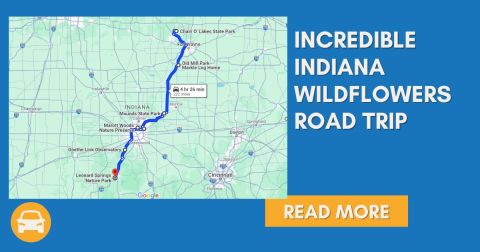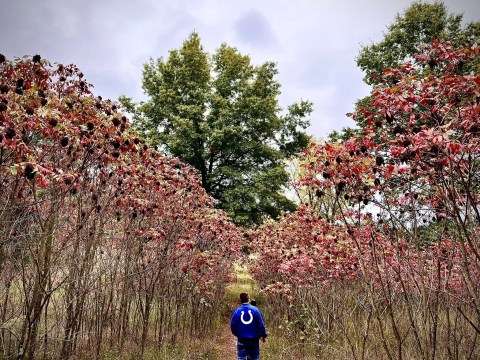Here Are The 12 Poorest Counties In Indiana
Did you know, as of 2015, there were 92 different counties in the state of Indiana? One might think and begin to wonder – what about the poorest counties in Indiana? Aren’t they just as worthy of being spotlighted as the rich ones? Living in a poorer place isn’t necessarily a bad thing. Take Indiana as a whole. We certainly are not the richest state in the US. But, some people in other states get pretty jealous when they find out how much a gallon of milk or a carton of eggs costs here compared to how much it costs where they live. After all, it is still one of the best states to live in. Here are 12 of the poorest counties in Indiana and a little bit about them. Please keep in mind, this list was compiled using the per capita income of these counties.
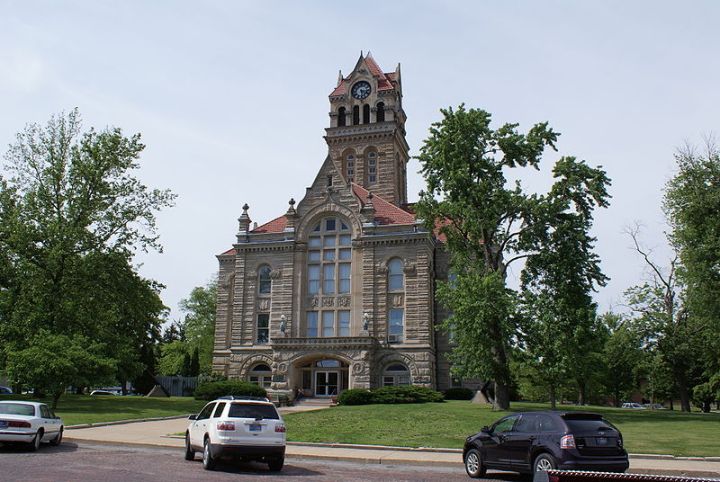




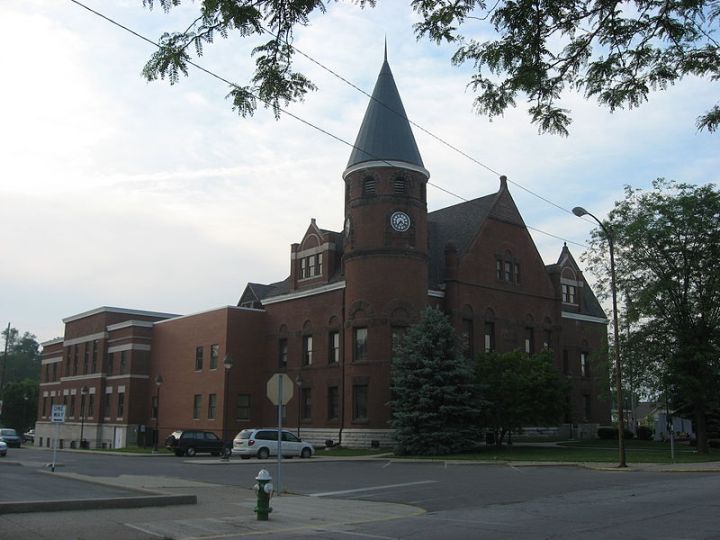



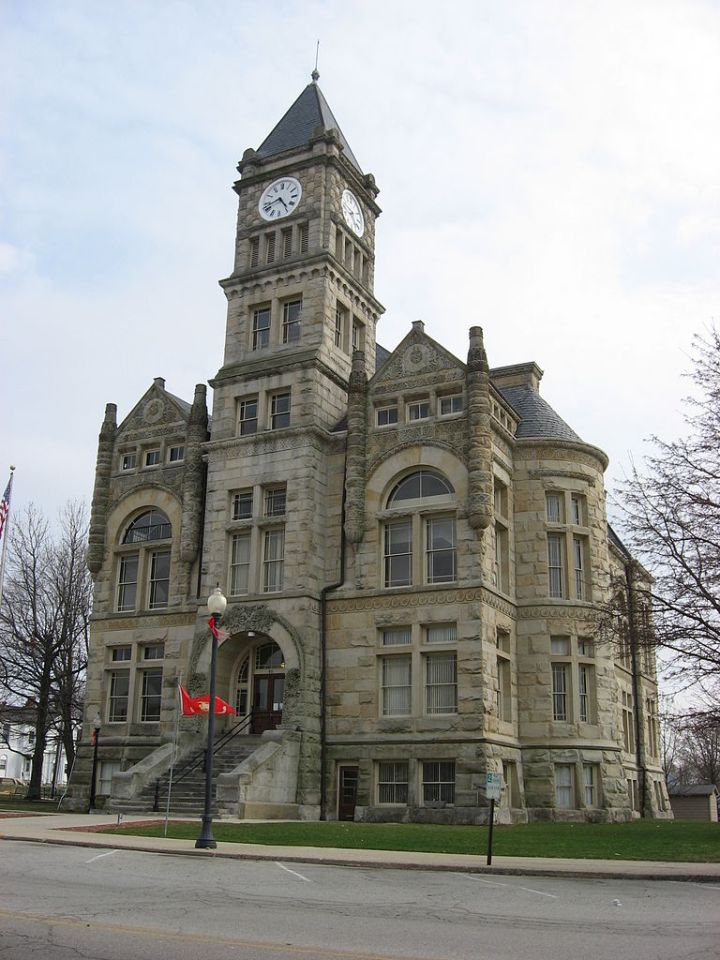


It’s important to keep in mind this list is not intended to be critical. One mustn’t look down on these counties for being ranked as the poorest ones in the state. In fact, there isn’t that much of a difference between their per capita and the richer ones. Many in Indiana are not rich Hoosiers and are pretty happy with the way they live. Furthermore, it is enjoyable to learn more about these counties. Do you live in one of these counties? If not, please tell us where you live in the comments!
OnlyInYourState may earn compensation through affiliate links in this article. As an Amazon Associate, we earn from qualifying purchases.
More to Explore
Places To Live In Indiana
What are the most charming small towns in Indiana?
The most charming small towns in Indiana include:
- Angola. This town contains a Civil War monument and it’s a college town with old-fashioned movie theaters and tons of history.
- Nashville. This is the only incorporated town in Brown County and is the home of the Brown City Art Colony that’s been around since 1907.
- Beverly Shores. This is one of America’s dark sky towns where stargazers come to take in the star-filled expanse.
- Greenfield. This was the birthplace of author James Whitcomb Riley and is an absolutely charming town that’s been here since 1828.
Discover more about the most charming small towns in Indiana.
What are the most unique towns in Indiana?
The most unique towns in Indiana include:
- Santa Claus. Originally named Santa Fe, this town changed its name to Santa Claus and children all over the world send letters to Santa here.
- New Harmony. This town was founded in 1814 to be the home of the Harmony Society which was formed by George Rapp.
- Richmond. This town was originally founded in the early 1800s as a Quaker settlement with only 24 people.
- French Lick. This was called Salt Spring when settled by a small French community and was later named French Lick to recognize the French settlers and the salt lick that is here.
Learn more about the most unique towns in Indiana.
What are the quietest towns in Indiana?
The quietest towns in Indiana include:
- Patriot. This town has a little over 500 people and has been rebuilt twice; once after a fire in the 1920s and again in 1937 due to a flood.
- Merom. This is a peaceful, tiny town of about 200 people and has an old post office that’s been operating since 1818.
- Mentone. This town is known as the “Egg Basket of the Midwest” due to its massive egg production.
- Bridgeton. This town is aptly named due to its historic covered bridge near the beautiful Bridgeton Falls.
Find out more about the quietest towns in Indiana.


